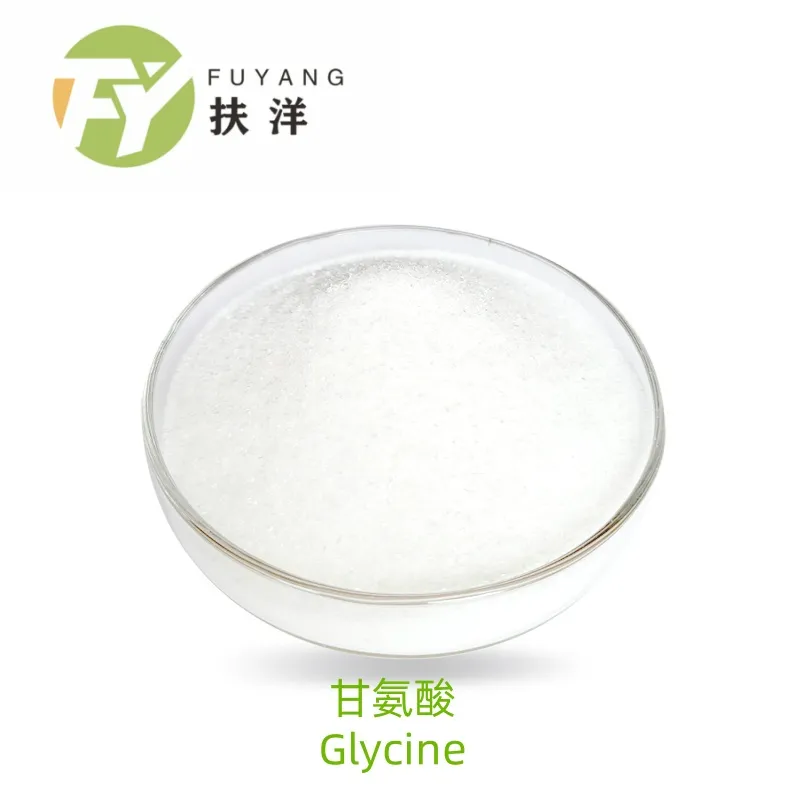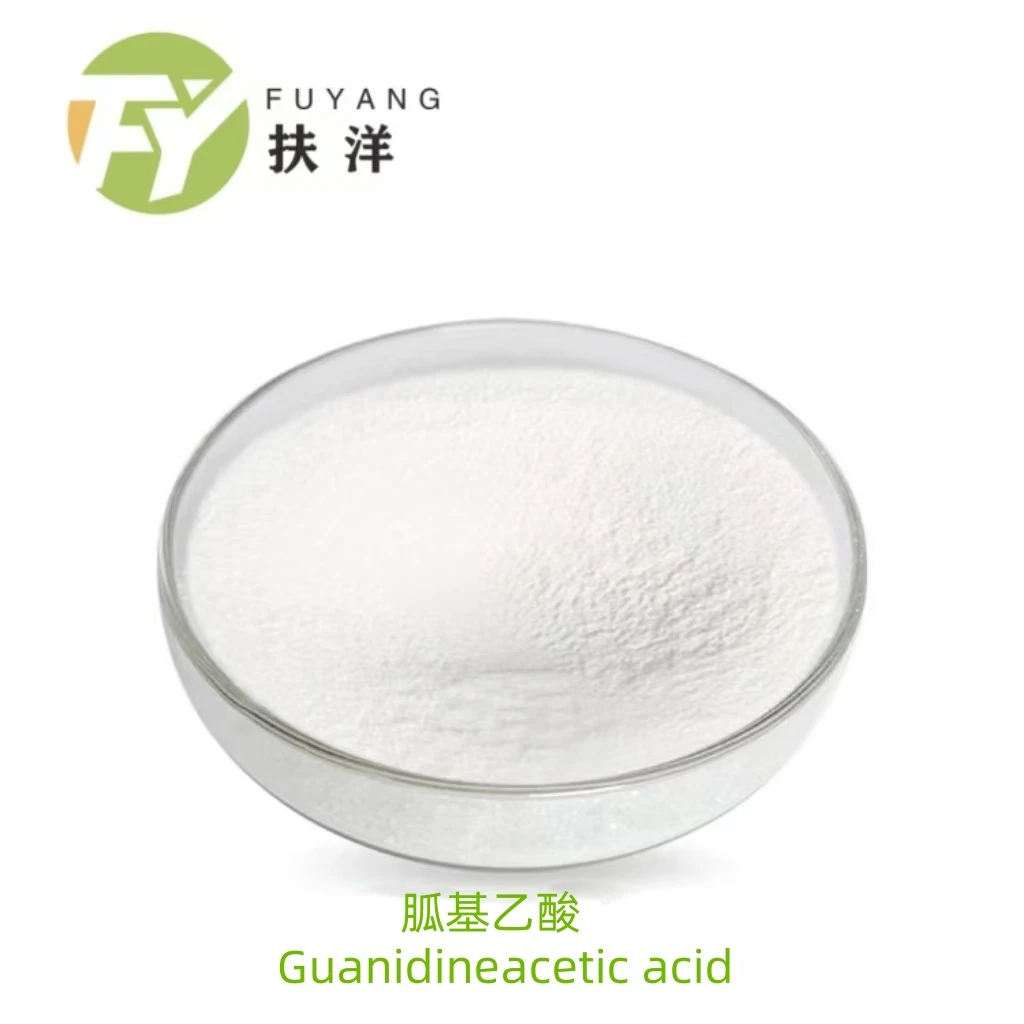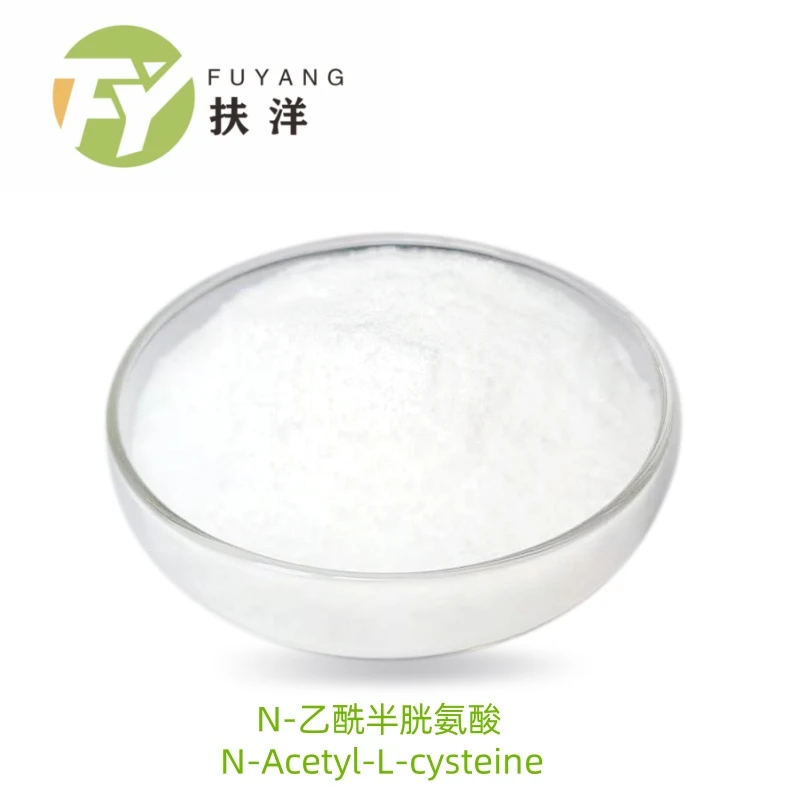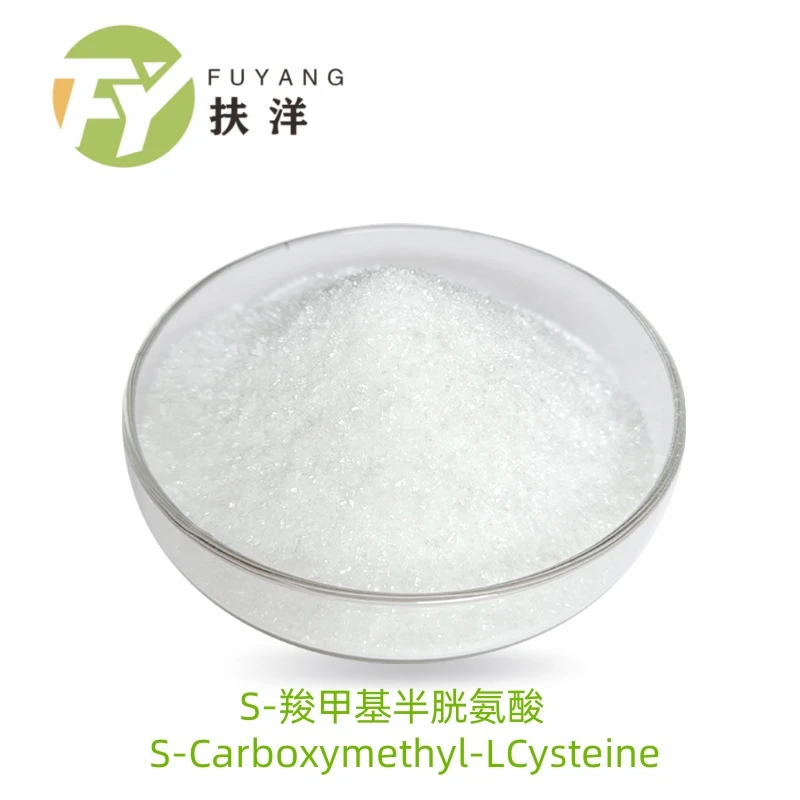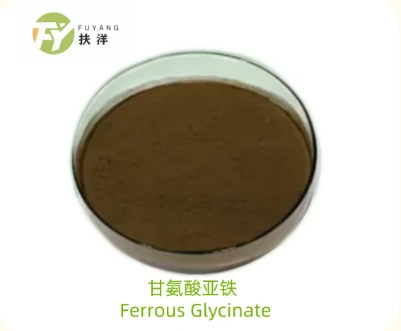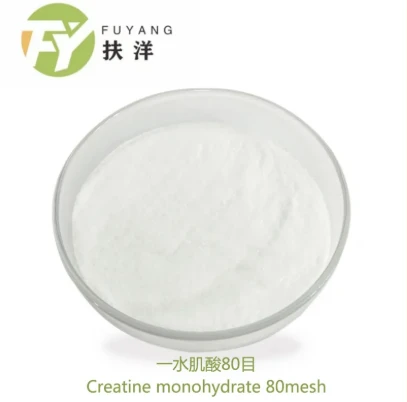- Afrikaans
- Albanian
- Amharic
- Arabic
- Armenian
- Azerbaijani
- Basque
- Belarusian
- Bengali
- Bosnian
- Bulgarian
- Catalan
- Cebuano
- Corsican
- Croatian
- Czech
- Danish
- Dutch
- English
- Esperanto
- Estonian
- Finnish
- French
- Frisian
- Galician
- Georgian
- German
- Greek
- Gujarati
- Haitian Creole
- hausa
- hawaiian
- Hebrew
- Hindi
- Miao
- Hungarian
- Icelandic
- igbo
- Indonesian
- irish
- Italian
- Japanese
- Javanese
- Kannada
- kazakh
- Khmer
- Rwandese
- Korean
- Kurdish
- Kyrgyz
- Lao
- Latin
- Latvian
- Lithuanian
- Luxembourgish
- Macedonian
- Malgashi
- Malay
- Malayalam
- Maltese
- Maori
- Marathi
- Mongolian
- Myanmar
- Nepali
- Norwegian
- Norwegian
- Occitan
- Pashto
- Persian
- Polish
- Portuguese
- Punjabi
- Romanian
- Russian
- Samoan
- Scottish Gaelic
- Serbian
- Sesotho
- Shona
- Sindhi
- Sinhala
- Slovak
- Slovenian
- Somali
- Spanish
- Sundanese
- Swahili
- Swedish
- Tagalog
- Tajik
- Tamil
- Tatar
- Telugu
- Thai
- Turkish
- Turkmen
- Ukrainian
- Urdu
- Uighur
- Uzbek
- Vietnamese
- Welsh
- Bantu
- Yiddish
- Yoruba
| Product name: | Glycine | CAS No.: | 56-40-6 |
| Molecular Formula: | C2H5NO2 | Molecular Weight: | 75.07 |
| EINECS NO.: | 200-272-2 |
1)The Role of Glycine in the Medical Field Neuroregulation and Mental Health Inhibitory Neurotransmitter:
Glycine acts as an inhibitory neurotransmitter in the central nervous system, regulating neuronal excitability by binding to glycine receptors. It is used as an adjunctive therapy for neurological disorders such as epilepsy and anxiety.
Sleep Quality Improvement: By promoting the synthesis of calming neurotransmitters like γ-aminobutyric acid (GABA), glycine alleviates insomnia and enhances sleep depth.
Liver Protection and Detoxification Enhancing Liver Detoxification: Glycine participates in bilirubin metabolism and glutathione synthesis, accelerating the metabolism of harmful substances such as alcohol and drug toxins, thereby reducing liver burden.
Preventing Liver Damage: It strengthens the antioxidant capacity of hepatocytes, slowing the progression of chronic liver injuries like fatty liver disease and alcoholic liver disease.
Tissue Repair and Metabolic Support Promoting Protein Synthesis: As a component of collagen and elastin, glycine accelerates wound healing, skin repair, and postoperative recovery.
Energy Metabolism Support: It provides raw materials for creatine synthesis, supporting muscle energy supply and alleviating post-exercise fatigue or muscle atrophy. Immune Regulation and Disease Intervention Boosting Immunity: Glycine enhances immunoglobulin synthesis, aiding in the treatment of infectious diseases or immunodeficiency conditions. Intervention in Metabolic Diseases: By regulating blood sugar levels and lipid metabolism, it exhibits potential adjunctive therapeutic effects for chronic conditions like diabetes and hyperlipidemia. Special Medical Applications Detoxifying Agent Component: Glycine chelates metal ions and is used in detoxification treatments for heavy metal poisoning (e.g., lead, mercury). Nutritional Supplement: It is administered to patients with amino acid metabolism disorders (e.g., glycine deficiency) to maintain physiological functions.
2)The Role and Benefits of Glycine in Food Processing
Flavor Enhancement and Optimization
Improving Taste: Used in pickled vegetables, soy sauce, vinegar, and fruit juices to enhance richness and umami (e.g., mellower flavor in soy sauce).
Providing Sweetness: With a sweetness level ~80% of sucrose, it is ideal for low-sugar or sugar-free products (e.g., sugar-free beverages, biscuits), avoiding rapid blood sugar spikes.
Balancing Flavors: Its amphoteric structure (amino and carboxyl groups) neutralizes overly salty or sour tastes (e.g., 0.3%-0.7% in salted products, 0.05%-0.5% in acid-preserved foods).
Masking Bitterness and Boosting Umami: Acts as a bitterness suppressor for sodium saccharin in beverages and meat products, while synergizing with monosodium glutamate (MSG) to amplify savory flavors (e.g., soups, seasonings)
Preservation and Freshness Extension
Inhibiting Microorganisms: Suppresses Bacillus subtilis and Escherichia coli, extending shelf life in fish paste products, peanut butter, etc. (1%-2% addition).
Reducing Oxidation: Chelates metal ions to delay lipid oxidation, extending preservation of butter and margarine by 3-4 times.
pH Buffering and Acid-Base Balance
Stabilizes pH in acidic beverages (e.g., yogurt, fruit juices), moderates sharp acidity, and improves taste.
Antioxidant and Color Protection
Preventing Discoloration: Scavenges free radicals to reduce oxidation, preserving food color (e.g., 0.1%-0.5% addition in instant noodles for flavor and color retention).
Nutritional Fortification
Amino Acid Supplementation: Added to sports foods or special medical formulas to support protein synthesis and tissue repair.
Enhancing Protein Quality: Optimizes amino acid profiles in plant-based products (e.g., plant-based beverages) to boost nutritional value.
Food Component Stabilization
Stabilizing Vitamin C: Reduces vitamin C degradation during processing to preserve nutrients.
Emulsification and Texture Maintenance: Prevents oil separation or spoilage in lard, instant noodles, etc., ensuring structural stability.
Synergistic Effects
Boosting Preservation: Works synergistically with other preservatives to enhance antimicrobial efficiency.
Complementary Color and Freshness Protection: Combines with antioxidants to prolong shelf life.
Summary: In food processing, glycine enhances flavor, preservation, pH balance, antioxidant activity, and nutritional quality, comprehensively improving taste, safety, and product integrity. Its application requires tailored dosing to meet food safety standards
3)The Role of Glycine in Animal Feed
Promoting Animal Growth and Development
Raw Material for Protein Synthesis: As one of the essential amino acids, glycine participates in protein synthesis within animals, enhancing muscle growth, tissue repair, and weight gain efficiency.
Improving Digestive Absorption: By regulating intestinal microbiota balance, it boosts nutrient utilization from feed and reduces the feed-to-meat ratio.
Enhancing Immunity and Stress Resistance
Antioxidant Activity: Glycine promotes the synthesis of antioxidants like glutathione, reducing free radical-induced cell damage and strengthening disease resistance.
Alleviating Environmental Stress: Under stressful conditions (e.g., high temperatures, high-density farming), glycine supplementation lowers metabolic burden and maintains physiological homeostasis.
Optimizing Feed Quality and Palatability
Improving Palatability: Its sweet taste enhances feed appeal, increasing animal feed intake.
Stabilizing Nutrients: Through chelating properties, it binds minerals (e.g., iron, zinc) to prevent nutrient loss and ensure balanced feed nutrition.
Regulating Metabolism and Physiological Functions
Promoting Lipid Metabolism: Glycine supports lipid metabolism, reducing fat deposition and improving carcass quality.
Neurotransmitter Precursor: As part of the glycinergic neurotransmitter system, it regulates nervous system function and maintains normal behavioral activities.
Applications in Special Farming Scenarios
Aquaculture: Glycine supplementation improves disease resistance in fish and shrimp, reduces ammonia excretion, and enhances water quality.
Young Livestock Rearing: Exogenous glycine is required for fast-growing young animals with insufficient endogenous synthesis.
Summary: In animal feed, glycine enhances health and productivity by improving nutrient absorption, boosting immunity, and regulating metabolism. Its application requires tailored dosing based on specific farming needs to maximize efficacy while adhering to safety standards.
The Role of Glycine in Industry and Agriculture Industrial Applications:
As the primary raw material for glyphosate (a highly effective herbicide), glycine accounts for 80% of global pesticide-related glycine usage. Used in synthesizing pyrethroid insecticides, iprodione fungicides, and as an additive in electroplating solutions and pH regulators. Agricultural Roles of Glycine in Plant Growth Promoting Plant Growth Precursor for Growth Hormones: Participates in plant growth and development, enhancing metrics such as plant height, stem thickness, and leaf area. For example, soil application of 10 mg/L glycine significantly increases dry weight and root length in pak choi.
Accelerating Growth Rate: Improves photosynthetic efficiency and nutrient absorption, shortening crop growth cycles and indirectly boosting yield. Enhancing Stress Resistance Alleviating Abiotic Stress: Under drought, salinity, high/low temperatures, glycine reduces leaf electrolyte leakage and malondialdehyde (MDA) content while increasing chlorophyll levels and relative water content, improving crop adaptability.
Restoring Physiological Balance: Example: Foliar glycine application in salt-stressed wheat significantly reduces leaf damage and maintains photosynthetic activity. Improving Photosynthetic Efficiency Boosting Chlorophyll Synthesis: Directly promotes chlorophyll and carotenoid synthesis, enhancing light energy utilization (e.g., increased net photosynthetic rate in rice seedlings).
Optimizing Photosynthetic Processes: Regulates stomatal conductance and enzyme activity to coordinate light and dark reactions. Enhancing Crop Quality Elevating Nutritional Value: Increases protein, amino acid, and vitamin content (e.g., higher total protein and amino acids in glycine-treated leafy greens).
Improving Sensory Traits: Promotes sugar accumulation (e.g., higher fruit sweetness) and antioxidant enzyme activity, enhancing color and storage stability. Facilitating Nutrient Absorption Chelation: Binds metal ions (e.g., iron, zinc) in soil to release trapped nutrients, improving fertilizer efficiency.
Regulating Reproductive Growth: Pre-flowering application enhances pollen viability, fertilization, fruit development, and bud differentiation. Metabolic Regulation Hormone Synthesis Precursor: Indirectly influences phytohormones (e.g., auxin) to balance metabolic processes.
Antioxidant and Osmoprotective Roles: Strengthens antioxidant systems (e.g., glutathione synthesis) and osmolyte accumulation to maintain cellular stability. Summary: Glycine acts as a multifunctional agent, synergistically enhancing plant growth, stress resilience, and agricultural product quality through diverse mechanisms.
Packaging: 25 kg/bag or drum, 500 kg/ton bag

